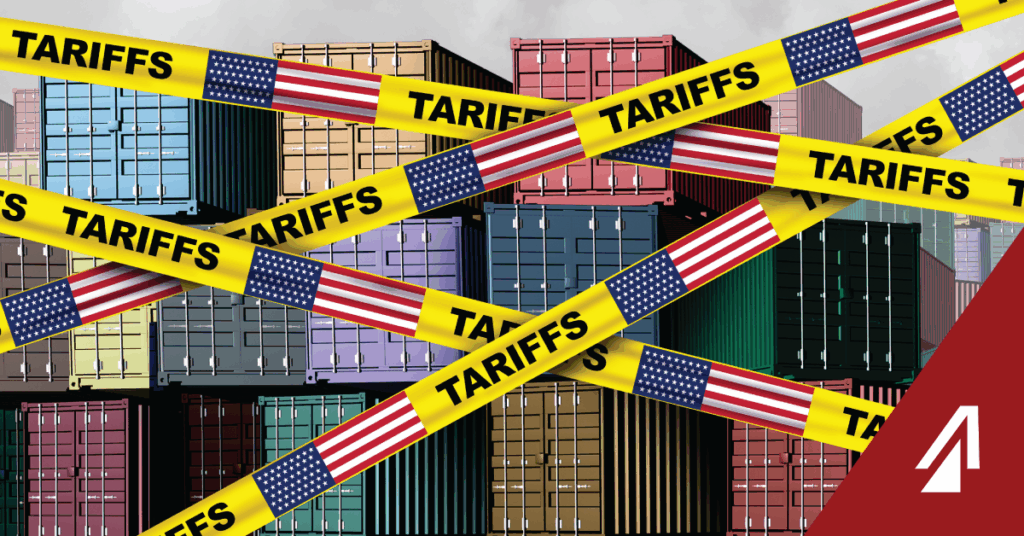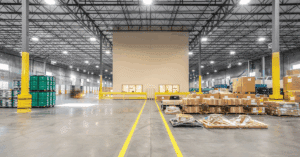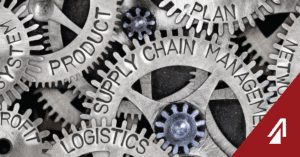On July 31, 2025, the White House issued Executive Order (EO): “Further Modifying the Reciprocal Tariff Rates,” building on the reciprocal tariff structure announced in April of this year. The updated EO continues to address imbalances in reciprocal tariffs and will likely have significant implications for manufacturers and shippers operating within and into the U.S., Canada, and Mexico.
It is important to note, however, that following months of negotiations, the EO changes include lower country-specific tariff rates for many countries compared to the rates announced in April. Deals have been completed and announced with the United Kingdom, European Union, Indonesia, Japan, Vietnam, South Korea, and the Philippines—while deals with other countries have been referenced but not formally announced.
Only 19 countries have seen an increase in the original tariff rates announced in April, from 10% to 15%, likely due to failed negotiations or lack of engagement.
Overview of the Executive Order:
- Updated Reciprocal Tariff Rates: The U.S. updated its tariff rates on specific goods from those previously announced in April, with the key changes going into effect on August 7, 2025, and October 5, 2025. The tariffs focus on countries that maintain significantly higher tariff rates on equivalent U.S. products.
- Targeted Countries: While the complete list of affected countries will be released by the U.S. Trade Representative (USTR), it is expected that adjustments will be made on imports from countries with persistent trade imbalances or limited market access for U.S. goods.
- Industries Affected: The EO specifically calls out sectors where the U.S. has experienced long-term disadvantage, including automotive components, heavy machinery, steel and aluminum products, and advanced electronics and battery technologies.
The modified reciprocal tariffs focus on various categories of raw materials, subassemblies, and finished products. The EO was supplemented with the following information:
- Annex I (Included in the EO): This annex provides updated tariff rates for countries subject to ad valorem duties, which are tariff rates based on the value of imported goods. These rates replace those announced in EO 14257. Any country not listed in Annex I is still subject to the 10% baseline reciprocal tariff.
- Annex II: This annex provides new Harmonized Tariff Schedule (HTS) codes per country to reflect the tariff modifications. It includes the changes to the HTSUS (Harmonized Tariff Schedule of the United States) required to implement the updated tariff rates.
- Executive Order Fact Sheet: A simplified summary of the lengthier legal document of the EO.
What This Means for Manufacturers:
- Increased Cost of Imported Inputs: Tariffs on specific raw materials, subassemblies, and components may increase manufacturing costs, especially for parts sourced from East Asia or the EU. This could most significantly impact Tier 1 and Tier 2 suppliers, OEMs relying on global supply chains, and JIT (Just-in-Time) production models.
- Supply Chain Reassessment: To mitigate tariff impacts, companies may need to evaluate their supply chains—potentially shifting sourcing strategies toward tariff-exempt countries or nearshoring options in North America. Some manufacturers could also face short-term disruptions as they assess their supply chains and alternative sourcing strategies.
- Competitive Pressure: Cost inequities will grow as manufacturers with nearshoring supply chains will gain a cost advantage, putting pressure on others to reevaluate their sourcing strategies quickly or negotiate better terms with current suppliers. Larger competitors who can absorb higher costs or pivot faster may also have an advantage over smaller manufacturers.
What This Means for Shippers and Logistics Providers:
- Changes in Freight Flow and Volumes: The modified tariff rates may lead to shifts in trade flows with decreased volume expected from tariff-impacted countries and increased freight demand on USMCA lanes. These shifts may impact shipment volumes, routing solutions, and capacity throughout North America.
- Documentation and Compliance: With ongoing policy changes, shippers need to continuously monitor the updated tariff classifications to ensure they are compliant with the new requirements, while also maintaining adequate bond limits.
- Potential Rate Fluctuations: The increased tariffs will likely cause fluctuations across all freight modalities, including ocean, air, ground, and rail. Cross-docking options in Mexico, Canada, or within the U.S. may also become more valuable.
- Increased Scrutiny in Customs: Customs authorities will likely increase compliance audits and documentation review, which could affect your overall supply chain costs and delivery timelines. Higher scrutiny at ports may also create bottlenecks and congestion, especially in peak shipping seasons.
Recommendations for Navigating These Changes:
- Conduct a Comprehensive Tariff Impact Analysis: Thoroughly review your current sourcing options to identify goods from tariff-impacted countries and consider adding clauses that allow for cost-sharing or adjustments due to tariff changes.
- Explore Nearshoring and Alternative Sourcing: Consider diversifying your suppliers and seeking alternatives in North America or from countries with more favorable trade agreements.
- Collaborate Closely with Logistics Partners: Work with your logistics providers early to model different sourcing and routing scenarios, tapping into their trade advisory, freight optimization, and compliance services to help build proactive strategies.
- Monitor Government Announcements: Partner with your customs brokers and logistics providers to monitor real-time tariff updates and seek compliance guidance.
At ProTrans, we understand the complexities that these ongoing policy changes introduce into your operations and supply chains, and we want to ensure that you stay informed. Reach out to our team with any questions or if you would like assistance analyzing how these tariff modifications may affect your logistics needs.



